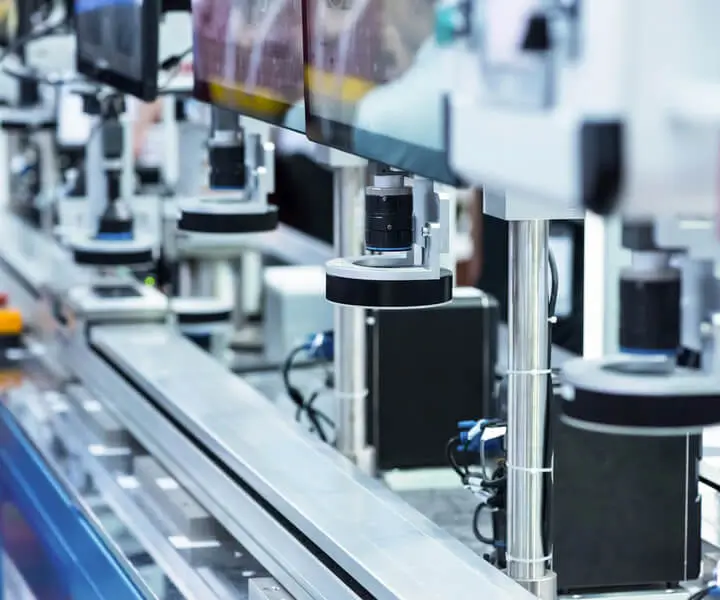Ever tried making a servo motor dance with your Arduino? It’s like giving life to your projects—feeling that satisfying tingling when the servo responds right on cue. But how do you even start connecting that tiny motor to your brain—er, Arduino? Let's dig into it, no fluff, just the real nuts and bolts.

First up, the essentials: you'll need a servo motor, an Arduino board, some jumper wires, and a power supply if your servo demands more juice than the Arduino can give. It's tempting to just plug everything in and hope for the best, but slow down—believe me, wrong wiring is the fastest way to frustration.
Connecting the servo isn’t rocket science, but it pays to be exact. Usually, these motors have three wires: power (red), ground (black or brown), and signal (white or yellow). Hook red to 5V on your Arduino, black to GND, and the signal wire to any PWM-capable digital pin, like pin 9. Easy? Yep. But double-check your servo's specifications—some need higher voltage or specific current limits.
Coding comes next, and here’s where the magic happens. Copying and pasting code might seem tempting, but understanding what it does fuels better control. An example: setting up the servo library, attaching it to the pin, then calling commands like servo.write(90) to turn the servo to the middle position. Want it to turn smoothly? Use a loop that gradually changes the angle, creating a slow, graceful movement, almost like watching a ballet dancer.
Ever wondered how to control the servo with sensors? Imagine a simple project: attach a potentiometer, turn it, and see your servo follow smoothly. It’s as intuitive as it sounds—turn the knob, and the servo responds instantly. That’s the beauty of Arduino—making sense of inputs and translating them into mechanical action.
But wait, what if the servo jitters or doesn’t reach the desired position? Often, it’s because of power issues. The servo might be getting inconsistent voltage. Using an external power supply can fix that. Also, check if your code is giving it enough time to settle before moving again—sometimes a slight delay makes a big difference.
If your project demands more precision or multiple servos, consider using dedicated servo drivers. They handle multiple signals and power demands better, keeping your setup reliable and clutter-free.
Thinking bigger? Think about integration. Aim to sync your servo movements with sensor inputs, motor controls, or even wireless commands. It opens up a world of DIY robotics, art installations, or smart gadgets. There’s no limit to how far you can push this combo.
The key takeaway? Start simple, test frequently, and remember that wiring mistakes are common. Patience and curiosity will turn a basic setup into a sophisticated system. Dive into the resources around, tinker with your code, and let your imagination run wild. Literally, connect a servo, and see what happens—you might just find your next big idea in that small motor.
Established in 2005, Kpower has been dedicated to a professional compact motion unit manufacturer, headquartered in Dongguan, Guangdong Province, China. Leveraging innovations in modular drive technology, Kpower integrates high-performance motors, precision reducers, and multi-protocol control systems to provide efficient and customized smart drive system solutions. Kpower has delivered professional drive system solutions to over 500 enterprise clients globally with products covering various fields such as Smart Home Systems, Automatic Electronics, Robotics, Precision Agriculture, Drones, and Industrial Automation.




































